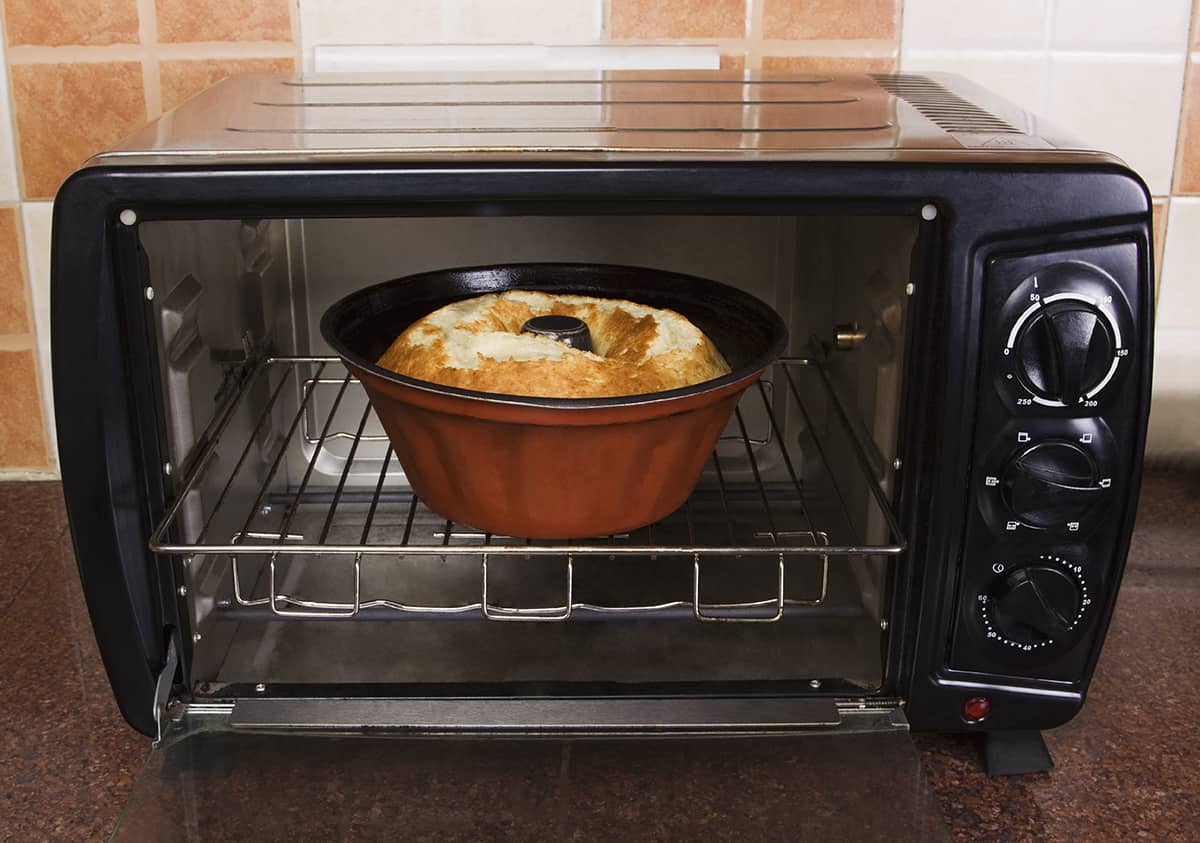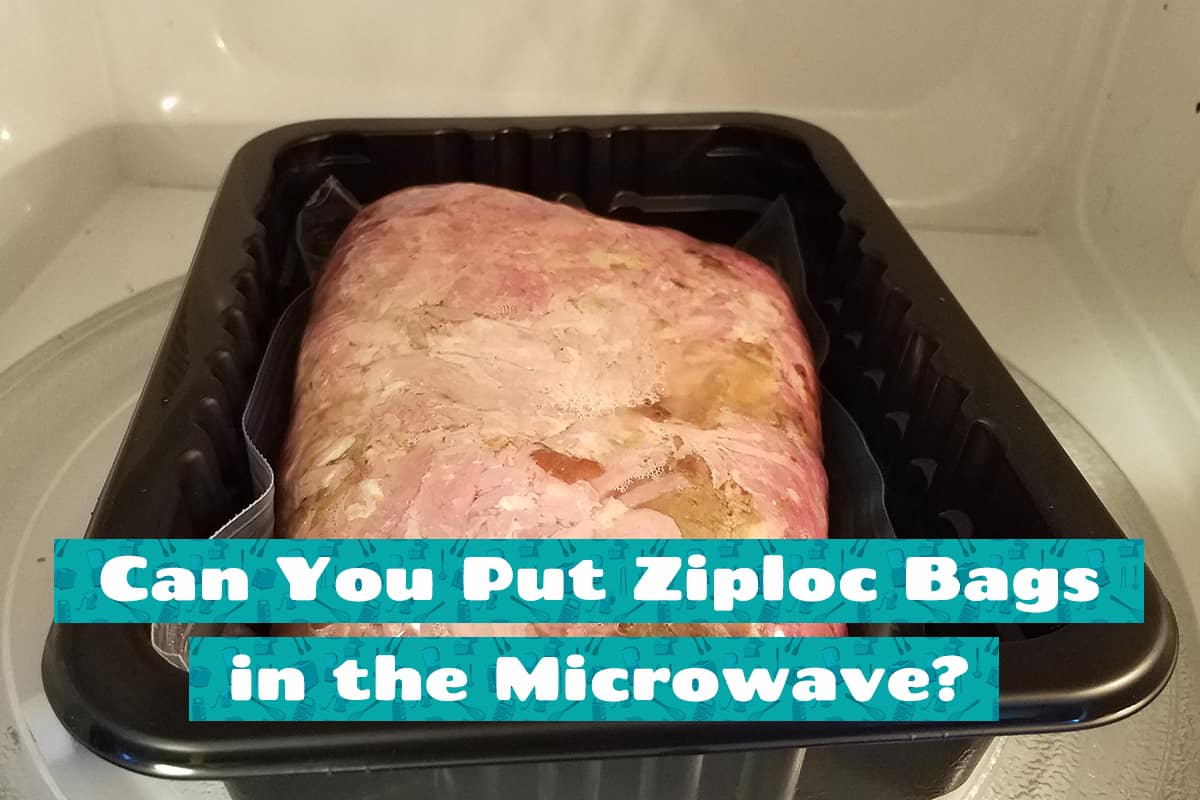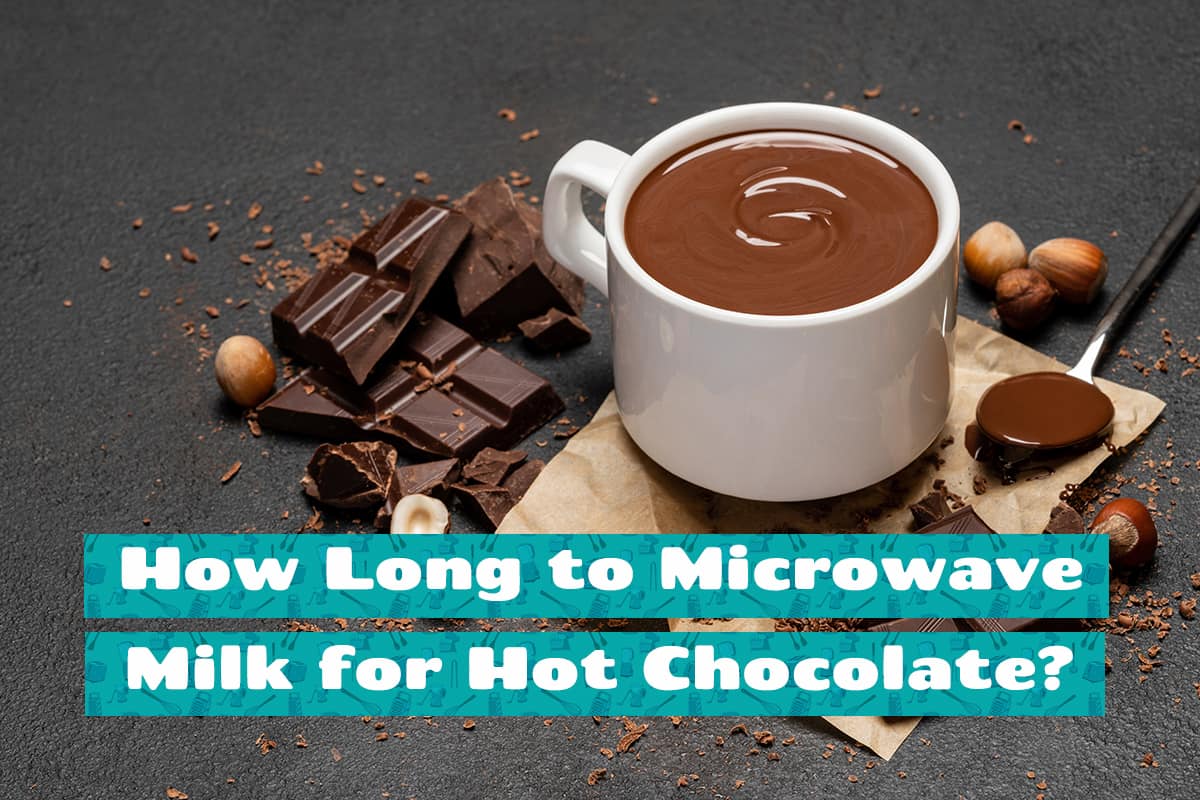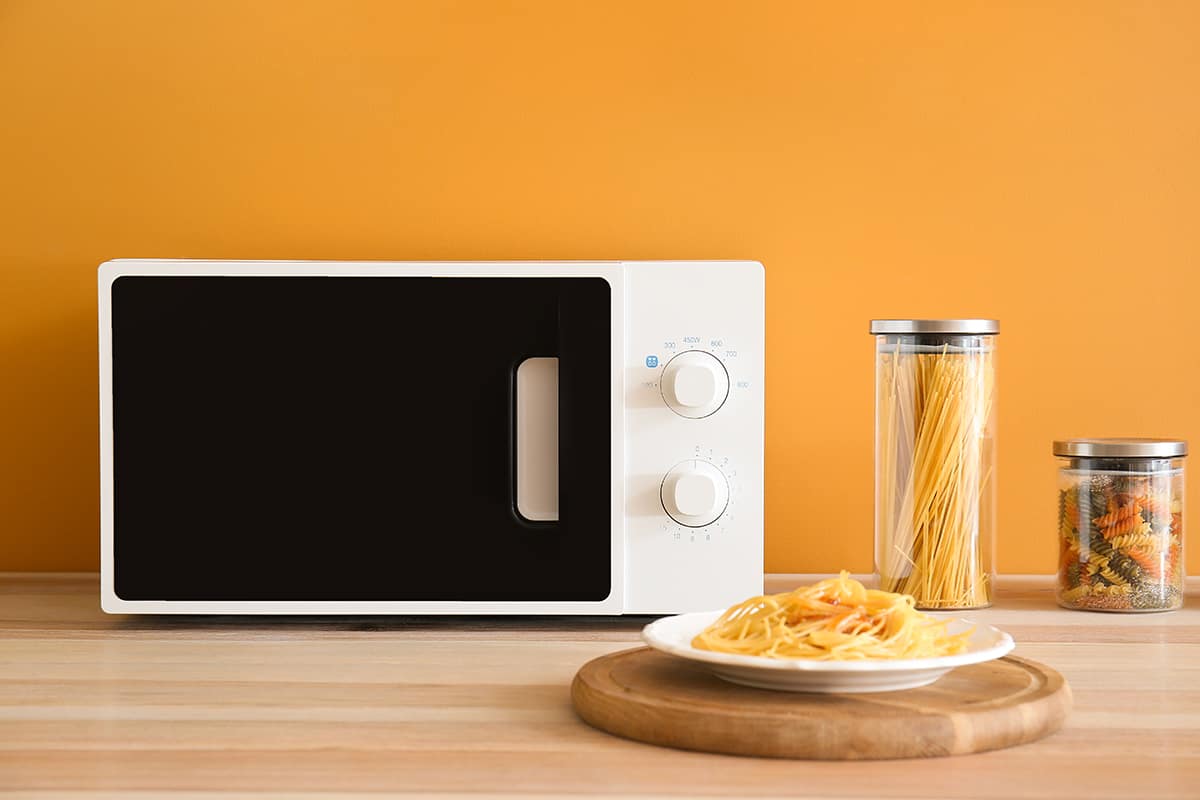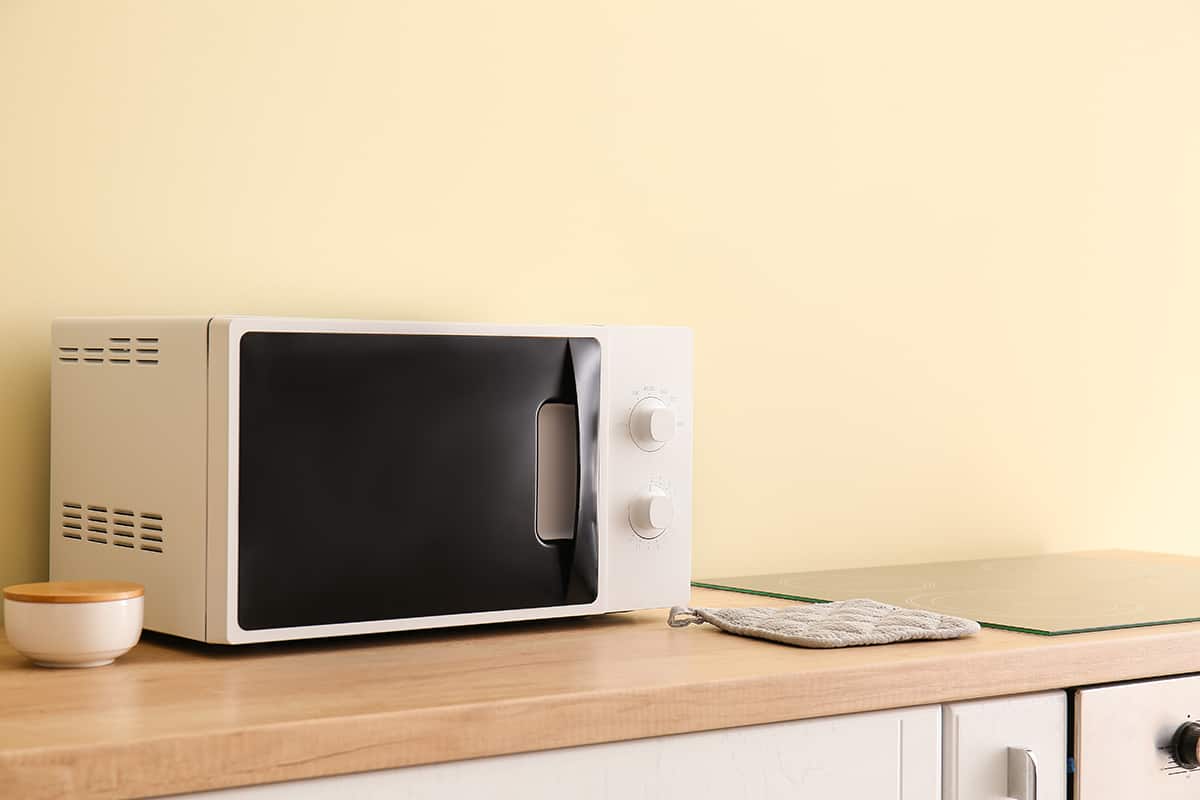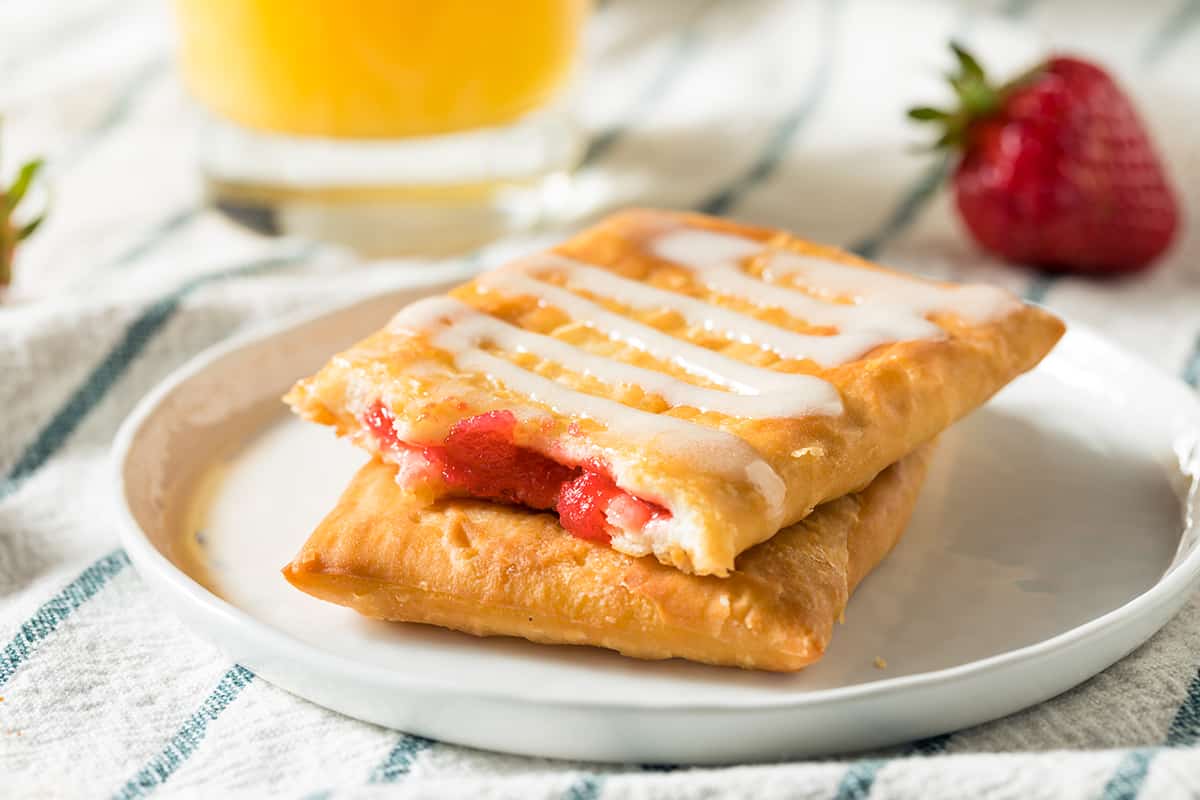When you start cooking, you’ll soon notice that different appliances have different cooking times. Think of your oven and microwave: they are both great at heating food, but they do it in totally different ways. This difference can affect how long it takes to cook your favorite meals.
The general conversion rate of oven to microwave cooking times is 4. If it takes 40 minutes in the oven, it should take 10 minutes (40 minutes ÷ 4) in a microwave on high power. It applies the other way around—20 minutes in the microwave is the same as 80 minutes (20 minutes × 4) in the oven.
In this article, we will guide you through the science behind these cooking methods, the rules for converting cooking times, and tips to ensure your food turns out delicious every time.
Understanding the Basic Principles
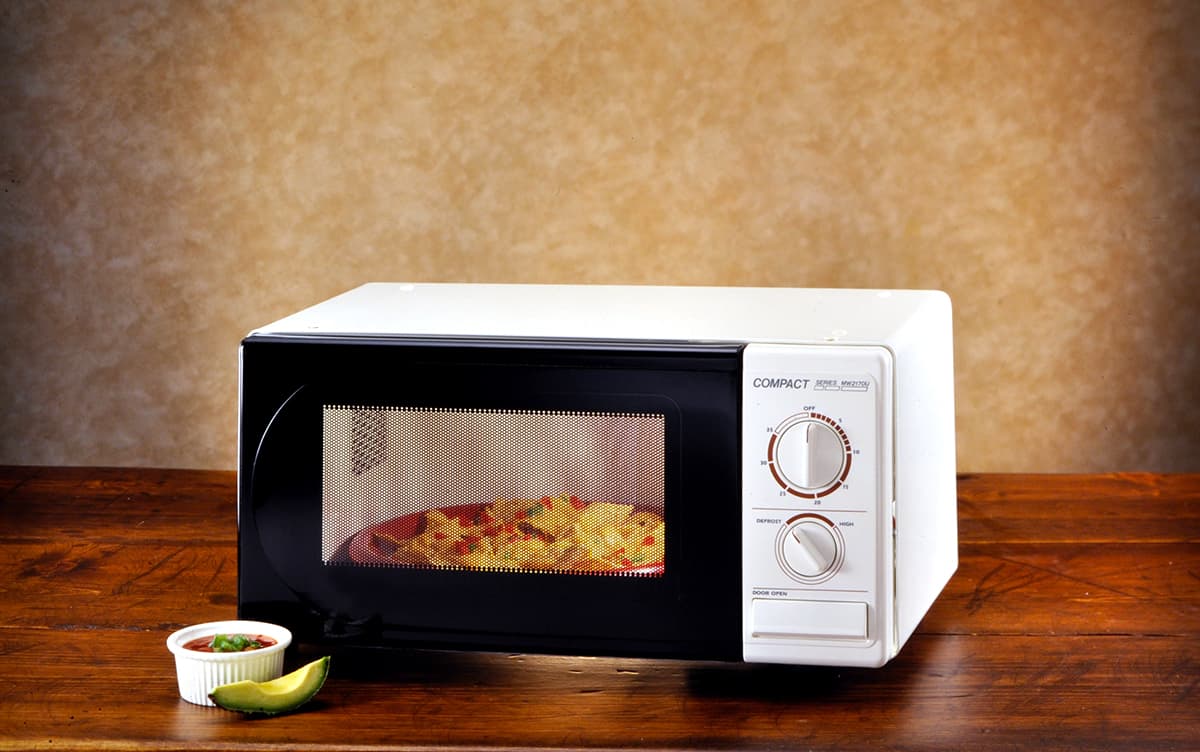
When we start cooking, it’s helpful to know that our kitchen appliances, like the oven and the microwave, work in different ways. This means they cook our food differently and require different amounts of time. Let’s dive into how they operate.
How Ovens Work: Conduction and Convection
An oven is like a heated box. It cooks food through two main processes: conduction and convection.
Conduction is a fancy word for when heat travels directly from one thing to another. Imagine it like a game of tag where heat is “it.” When you put a tray of cookies in the oven, the heat from the oven walls “tags” the tray, which then “tags” the cookie dough.
Convection, on the other hand, happens when heat is carried around by air. In the oven, hot air rises and cooler air sinks, creating a cycle that helps spread heat evenly. That’s why your cookies bake uniformly.
The Mechanism of Microwaves: Dielectric Heating
Microwaves use an entirely different process called dielectric heating. Inside a microwave, there’s a device called a magnetron. This magnetron sends out waves of energy called microwaves. These waves bounce around inside the microwave, penetrating the food.
Here’s where it gets cool: water, sugar, and fat in your food absorb these microwaves and turn them into heat. This process is much faster than in an oven because microwaves can reach more parts of the food at once. However, this can also lead to uneven cooking if we’re not careful.
The Science of Cooking Time Conversion
Now that we know how ovens and microwaves work, we can start looking into converting cooking times between them.
The General Rule of Thumb for Conversion
The rule of thumb for converting oven time to microwave time is simple: microwaves are faster. Generally, a microwave takes about a quarter of the time an oven would. So, if a recipe says to bake something in the oven for 40 minutes, it would take about 10 minutes in the microwave.
Here’s a chart to help you remember:
| Oven Cooking Time | Microwave Cooking Time (High power) |
| 5 minutes | ≈ 1 minute |
| 10 minutes | 2.5 minutes |
| 15 minutes | ≈ 4 minutes |
| 20 minutes | 5 minutes |
| 30 minutes | 7.5 minutes |
| 40 minutes | 10 minutes |
| 60 minutes | 15 minutes |
But remember, microwaves cook less evenly than ovens. So, you should stir or turn your food halfway through to make sure all parts get cooked.
Exceptions to the Rule: When and Why?
Some foods don’t translate well from oven to microwave. For example, foods that need a crispy or browned surface, like a pizza or roast chicken, won’t get that in a microwave because microwaves heat food differently.
Also, some foods can get tough or rubbery in the microwave. Bread and certain meats are notorious for this. In these cases, it might be better to stick with the oven.
Certain foods, like eggs in their shell and whole fruits, can even explode in the microwave due to the rapid build-up of steam. Always be sure to pierce or cut these foods before microwaving.
Adjusting for Power Differences
Not all microwaves are created equal. They come with different power levels, measured in watts. A higher wattage means a more powerful microwave that cooks faster. So, if your microwave has a higher wattage than the one in the recipe, you’ll need to reduce the cooking time.
Most recipes are written for microwaves with a power of 800-1000 watts. If you’re not sure about your microwave’s wattage, check the user manual or the label on the back.
Practical Guide to Cooking Time Conversion
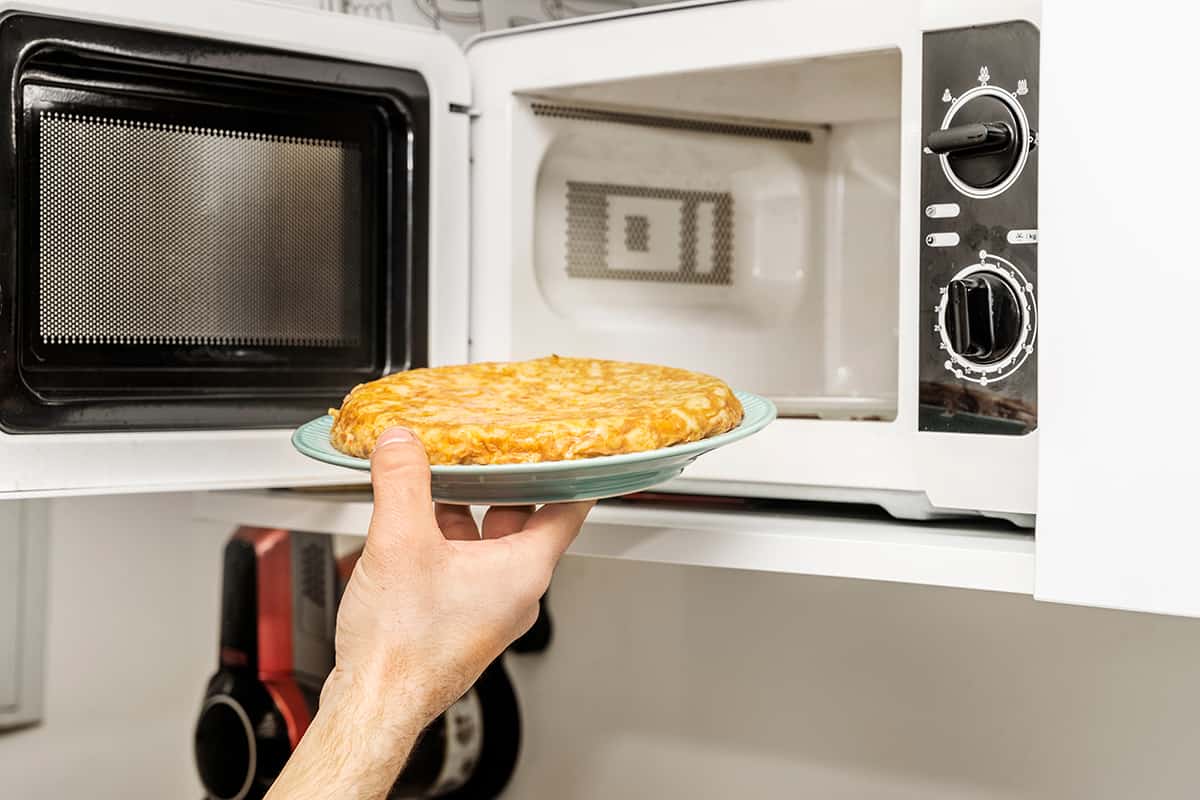
Now we’re getting to the fun part: putting what we’ve learned into practice. Here, we’ll go over some common types of food and how to convert their cooking times from the oven to the microwave.
Converting Baking Recipes
Baking in a microwave can be tricky because microwaves don’t brown food like ovens do. But with a little care, you can still make delicious baked goods.
Breads and Pastries
For breads and pastries, start by reducing the cooking time to a quarter of the oven time. Because microwaves can make breads tough, it’s a good idea to cover your dough with a damp paper towel. This helps keep it moist.
Cakes and Desserts
Cakes can be cooked in a microwave. Use a microwave-safe dish and cook at 50% power to prevent the cake from rising and falling quickly. The cooking time will be about a quarter of the oven time.
Converting Roasting Recipes
Roasting in a microwave is different because microwaves don’t give that crispy, browned exterior that ovens do. But we can still make some tasty dishes.
Poultry and Meat
For poultry and meat, place them on a microwave-safe roasting rack so they don’t sit in their own juices. Cook at 50% power for the first few minutes to allow the heat to penetrate, then turn up to full power. Remember to turn the meat halfway through for even cooking.
Vegetables and Fruits
For vegetables and fruits, cut them into uniform pieces for even cooking. If you’re cooking different types of vegetables together, start with the denser ones like potatoes and carrots, then add the softer ones later.
Converting Casserole and One-Pot Recipes
Casseroles and one-pot meals are great for the microwave because all the ingredients cook together. Just remember to stir the food occasionally for even cooking.
Converting Grilling Recipes
Grilling in a microwave? It’s possible! For foods like burgers and sausages, cook them at full power, turning halfway through. You won’t get the charred exterior, but they’ll still be tasty.
And remember, always let your food rest for a few minutes after microwaving to let the heat distribute evenly.
Tips and Tricks for Effective Conversion

Mastering oven-to-microwave cooking time conversion isn’t just about knowing the rules; it’s about knowing how to bend them. Let’s go over some handy tips and tricks to help you become a microwave cooking expert.
Microwave-safe containers
Always use microwave-safe containers. Other containers can warp, melt, or even explode! Look for containers marked as “microwave-safe.” Glass, ceramic, and certain types of plastic are generally safe.
Size and shape matter
The size and shape of your food can affect how it cooks. Smaller pieces cook faster because the heat can reach the middle more quickly. For even cooking, cut your food into uniform sizes and arrange them in a circle on the plate.
Stirring and turning for even cooking
Microwaves cook less evenly than ovens. To help ensure even cooking, stir your food or turn it over halfway through the cooking time. This helps the heat reach all parts of the food.
The art of standing time
Remember that food continues to cook even after the microwave stops. This is called “standing time” or “carryover cooking.” After microwaving, let your food stand for a few minutes to allow the heat to spread evenly.
Safety first
Never use aluminum foil or metal containers in the microwave. They can cause sparks or even a fire. Also, be careful when removing food from the microwave—it can be hotter than you expect!
